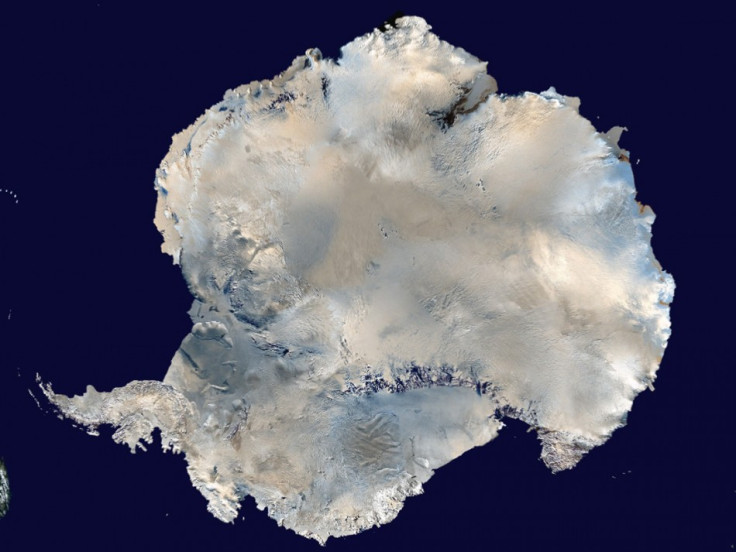Antarctic Ice Loss 'Deforming' Earth 250 Miles Below Surface

Antarctic ice loss because of climate change is leading to movement 250 miles below the planet's surface and causing the Earth's crust to "bounce back", researchers have said.
Published in Earth and Planetary Science Letters, scientists say the rate of movement would be expected over thousands of years but was now happening in just decades. The researchers, from Newcastle University, were looking to find out why the upward motion of the Earth's crust in the northern Antarctic peninsula was taking place so quickly.
GPS data showed that the land beneath the Antarctic ice sheet was rising at a rate of 15mm every year – far faster than expected.
Previously, researchers said the subterranean layers of Earth were rising because the planet was rebounding" due to the shrinking ice sheet. The movement of land was believed to be caused by an "elastic" response that would result in uplift over a very long period of time.
Lead researcher Grace Nield said: "You would expect this rebound to happen over thousands of years and instead we have been able to measure it in just over a decade. You can almost see it happening which is just incredible.
"Because the mantle is 'runnier' below the northern Antarctic peninsula it responds much more quickly to what's happening on the surface. So as the glaciers thin and the load in that localised area reduces, the mantle pushes up the crust.

"We have only studied the vertical deformation so the next step is to look at horizontal motion caused by the ice unloading to get more of a 3D picture of how the Earth is deforming, and to use other geophysical data to understand the mechanism of the flow."
The study said the mantle below the Earth's crust in Antarctica was flowing far faster than expected because of the changes in temperature or chemical composition. This means it can respond far faster to the "lightening load" due to the melting ice.
Over the last 15 years, a number of ice shelves in the northern Antarctic peninsula have collapsed. These collapses have caused the solid Earth below to "bounce back".
Nield said: "Think of it a bit like a stretched piece of elastic. The ice is pressing down on the Earth and as this weight reduces the crust bounces back. But what we found when we compared the ice loss to the uplift was that they didn't tally – something else had to be happening to be pushing the solid Earth up at such a phenomenal rate."
Peter Clarke, one of the authors of the paper, added: "Seeing this sort of deformation of the earth at such a rate is unprecedented in Antarctica. What is particularly interesting here is that we can actually see the impact that glacier thinning is having on the rocks 250 miles down."
© Copyright IBTimes 2025. All rights reserved.






















